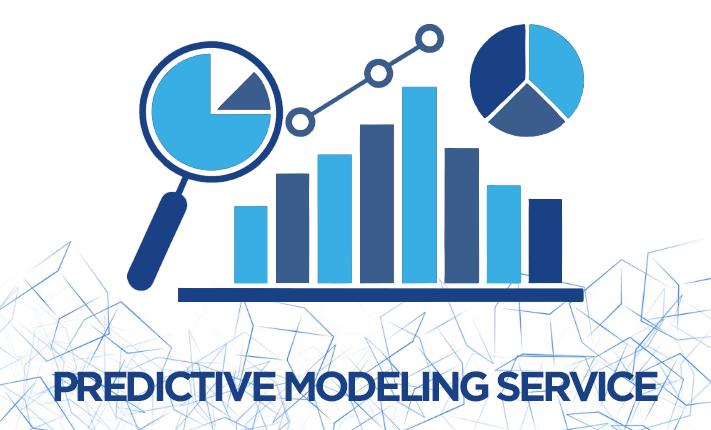In the age of data-driven decision-making, businesses are increasingly turning to predictive modeling techniques to forecast future trends and gain valuable insights. Predictive modeling uses historical data and statistical algorithms to predict future outcomes, providing organizations with the tools they need to make informed decisions. In this blog post, we’ll provide an overview of the most effective predictive modeling techniques, and how they can help businesses across various industries achieve better results.
What Are Predictive Modeling Techniques?
Predictive modeling techniques are methods used to create models that forecast future behaviors or trends based on historical data. These techniques can be applied to a wide range of industries and use cases, from sales forecasting to risk management and customer behavior analysis. By understanding and applying these techniques, businesses can gain an edge in their decision-making processes and improve operational efficiency.
Some of the most widely used predictive modeling techniques include regression analysis, decision trees, random forests, neural networks, and support vector machines. Each technique has its own strengths and is used based on the problem at hand and the nature of the data.
1. Regression Analysis
Regression analysis is one of the most commonly used predictive modeling techniques. It is used to determine the relationship between a dependent variable and one or more independent variables. Linear regression, for example, is used when the relationship between the variables is linear, while multiple regression can be used for more complex relationships.
This technique is commonly used in sales forecasting, risk management, and economic modeling. By applying predictive modeling techniques, businesses can predict future trends based on historical data, leading to more informed decision-making.
2. Decision Trees
Decision trees are another popular method in predictive modeling techniques. A decision tree is a flowchart-like structure that makes decisions based on various input variables. It’s a non-linear model that splits the data into different subsets based on certain criteria, creating branches that lead to a decision or prediction.
Decision trees are used in many applications, such as customer segmentation, fraud detection, and predictive maintenance. By understanding how predictive modeling techniques work in decision trees, businesses can make more informed and data-driven decisions.
3. Random Forests
Random forests are an ensemble learning technique that builds multiple decision trees and combines their results for improved accuracy. This technique is widely used for classification and regression tasks. Predictive modeling techniques like random forests reduce the risk of overfitting by averaging the results of multiple decision trees, leading to more robust predictions.
Random forests are highly effective in applications such as credit scoring, healthcare diagnostics, and market segmentation, where accuracy and reliability are key.
4. Neural Networks
Neural networks are one of the most powerful predictive modeling techniques available today. These models mimic the human brain’s neural structure and are capable of learning from large datasets to recognize complex patterns. They are used extensively in deep learning applications such as image recognition, natural language processing, and speech recognition.
Neural networks are particularly useful when dealing with unstructured data, such as images, audio, and text, and can help businesses gain deeper insights into customer behavior and trends.
5. Support Vector Machines (SVM)
Support Vector Machines are supervised learning models used for classification and regression tasks. This technique is highly effective for classifying data points into distinct categories. Predictive modeling techniques like SVM are useful when the data is not linearly separable, as SVMs can create complex decision boundaries to classify the data more effectively.
SVMs are used in a variety of fields, including image classification, bioinformatics, and text classification. They can help businesses predict customer behavior, detect anomalies, and improve decision-making processes.
Conclusion
Predictive modeling techniques are revolutionizing the way businesses make decisions by providing valuable insights into future trends, customer behavior, and market changes. Whether you are using regression analysis to forecast sales, decision trees to identify opportunities, or neural networks for deep learning, these techniques are essential tools for any modern business looking to stay competitive.
By implementing the right predictive modeling techniques, businesses can enhance their forecasting accuracy, reduce risks, and unlock new opportunities for growth. Understanding these techniques and choosing the best one for your needs can be a game-changer in today’s data-driven world.
Stay updated with our latest news and offerings! Follow us on Facebook, Instagram, and LinkedIn.


